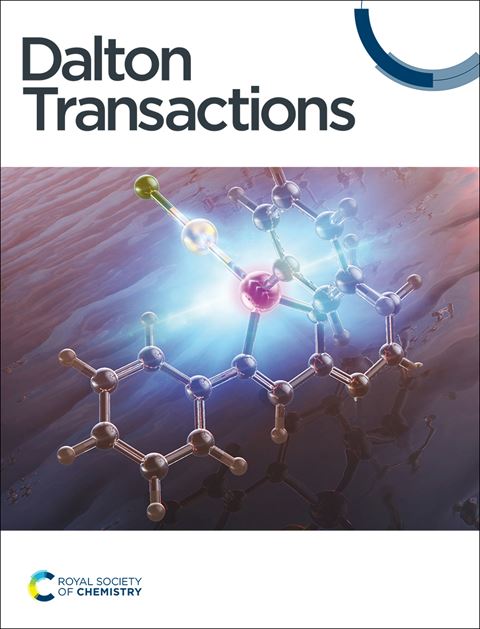Development of a gold nanoparticle-based colorimetric sensor utilizing cysteine-loaded liposomes in acidic buffer solutions
IF 3.5
3区 化学
Q2 CHEMISTRY, INORGANIC & NUCLEAR
引用次数: 0
Abstract
This study presents the development of a colorimetric sensing system, utilizing gold nanoparticles (AuNPs) and cysteine (Cys)-encapsulated liposomes (CELPs) as sensing probes, that functions in a variety of buffer solutions. Triton X-100 (TX-100), a nonionic surfactant, was used to simulate a biological activity that disrupts the liposome membrane. The Cys released from the CELPs by TX-100 triggered the aggregation of AuNPs, causing a noticeable red-to-blue color change, which was enhanced by Cu2+ chelation. The AuNP-CELP/TX-100 system was tested at pH 5–7.4 in various buffers. At neutral pH (7.0–7.4), the system with citrate-capped AuNPs (cit-AuNPs) displayed a distinctive colorimetric response in the presence of Cu2+ (0.3 mM), transitioning from red to blue with a UV-vis absorption shift from 525 nm to approximately 660 nm. However, the cit-AuNPs showed a limited stability in acidic buffers, and cetyltrimethylammonium bromide (CTAB)-capped AuNPs (cit-AuNPs-CTAB) were employed as an alternative at acidic pH. Overall, the AuNP-CELP/TX-100 sensing system, utilizing the cit-AuNPs-CTAB and Cu2+ chelation for Cys, exhibited the potential to be an effective sensing method working in acidic media. The test results with TX-100, which disrupts the liposome membrane, suggest that this system can be used to visualize diverse biological interactions involving membrane disruption, such as viral attacks, in acidic solutions with diverse ionic compositions.求助全文
约1分钟内获得全文
求助全文
来源期刊

Dalton Transactions
化学-无机化学与核化学
CiteScore
6.60
自引率
7.50%
发文量
1832
审稿时长
1.5 months
期刊介绍:
Dalton Transactions is a journal for all areas of inorganic chemistry, which encompasses the organometallic, bioinorganic and materials chemistry of the elements, with applications including synthesis, catalysis, energy conversion/storage, electrical devices and medicine. Dalton Transactions welcomes high-quality, original submissions in all of these areas and more, where the advancement of knowledge in inorganic chemistry is significant.
 求助内容:
求助内容: 应助结果提醒方式:
应助结果提醒方式:


